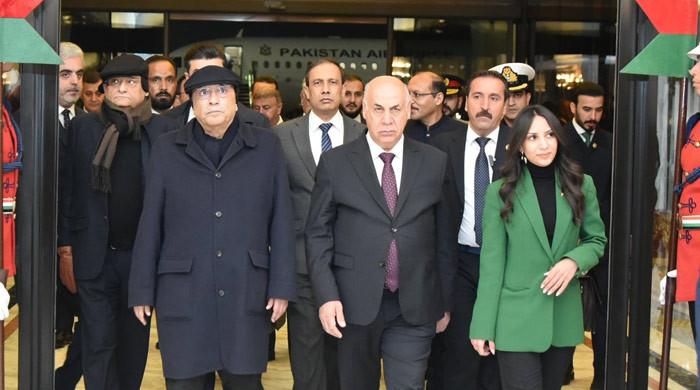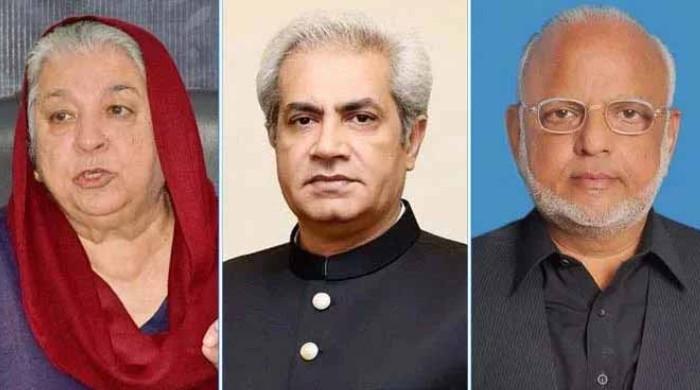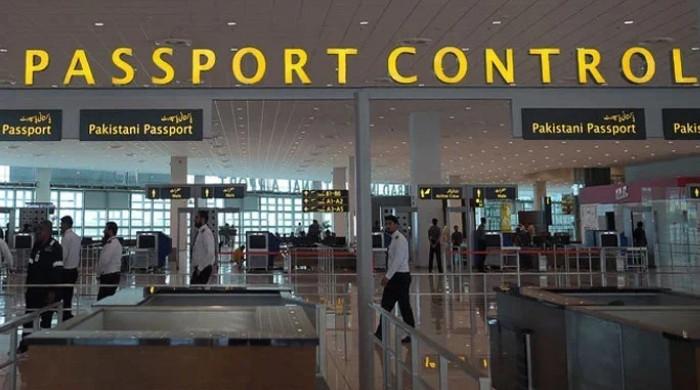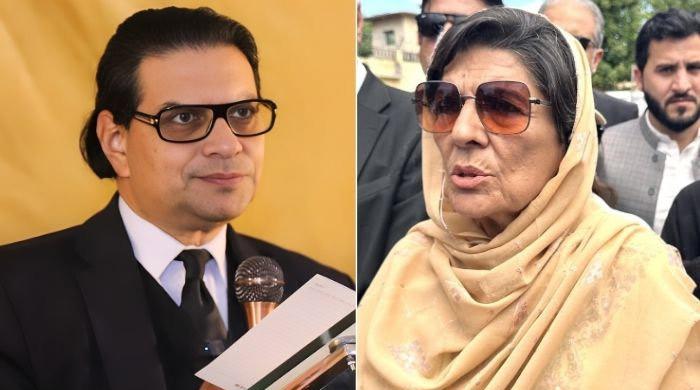What is in Punjab's new local government bill?
Here is what the new system would look like, if the act gets the nod of a majority of lawmakers
April 28, 2019
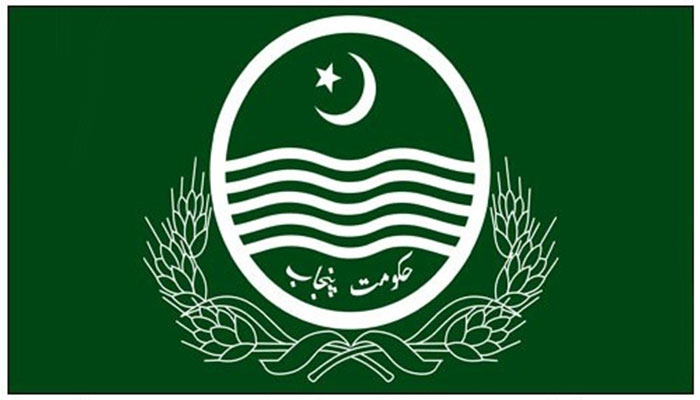
The Punjab government has presented the Punjab Local Government Act 2019 in the provincial assembly. Here is what the new system would look like, if the act gets the nod of majority lawmakers:
Main highlights
· The Act would extend to the entire province of Punjab, except the cantonments.
· A "tehsil", "district" and "town" will be defined as that in the West Pakistan Land Revenue Act 1967.
· It would be a five-tier local government system, which will include a city district government, followed by a district council government, a tehsil and town administration and lastly, a village and neighbourhood council.
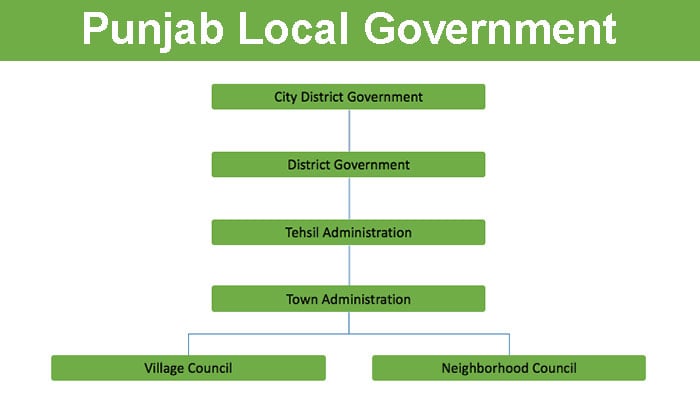
What is a city district government?
· A city government will be established in five cities: Lahore, Faisalabad, Gujranwala, Multan, Rawalpindi.
· Each district government shall consist of a district council and a district administration, which will be headed by a Nazim.
· A Nazim will be in charge of all the departments devolved to it, preparing a financial budget, and overlooking the workings of the tehsil and town administrations, among other responsibilities.
What is a district government?
· A district will be all other cities of the province, not included in the city district government’s list.
· A district government will consist of general seats, seats reserved for women, peasants and workers, youth and non-Muslims.
· Responsibilities would include approving master plans, land use, urban designs, ecological balance, approve proposals for public transport, mass transit systems, and construction of expressways, fly-overs, bridges, roads and water and drainage facilities.
What is a tehsil municipal administration?
· In every tehsil, there shall be a tehsil municipal administration, which shall consist of the tehsil council, tehsil municipal officer, municipal officers and other officials of the local council service.
· The head of the tehsil will be the Nazim. His/her responsibilities would include, deciding land use for agriculture, industry and commercial, remove encroachments, and deciding the affixing of advertisements and signs, collecting taxes, fines and penalties.
· Tehsil council shall consist of general seats, seats reserved for women, peasants and workers, youth and non-Muslims
What is a village and neighbourhood council?
· Every village and neighbourhood council shall comprise of ten to fifteen members: five to ten members elected to general seats, two members elected to seats reserved for women, one member elected to seat reserved for peasants and workers, one member elected to seat reserved for youth, and one member elected to seat reserved for non-Muslims.
· The election for the village and neighbourhood council will be held on non-party basis.
· Here, too, the executive authority will lie with the Nazim of the councils.
· Responsibilities would include registering birth and marriage certificates, monitoring and supervising education, health, public health engineering, agriculture, livestock, police and revenue, and holding them accountable by making inquiries and reports to the tehsil municipal administration, district government.
Overlooking the entire working of the five tiers of the local government will be the Local Government Commission. The commission will consist of the minister for local government, two members of the provincial assembly, one each nominated by the chief minister and leader of opposition in the provincial assembly, two eminently qualified and experienced technocrats including a woman selected by Government for a period of three years.
A candidate for the general seats of the local government shall have to be at least 21 years of age, a citizen of Pakistan, who does not hold dual nationality, of good character and have adequate knowledge of Islamic teachings, amongst other things.




